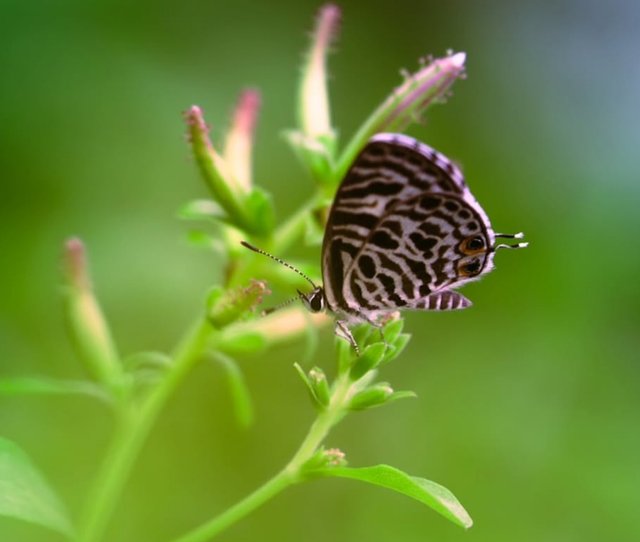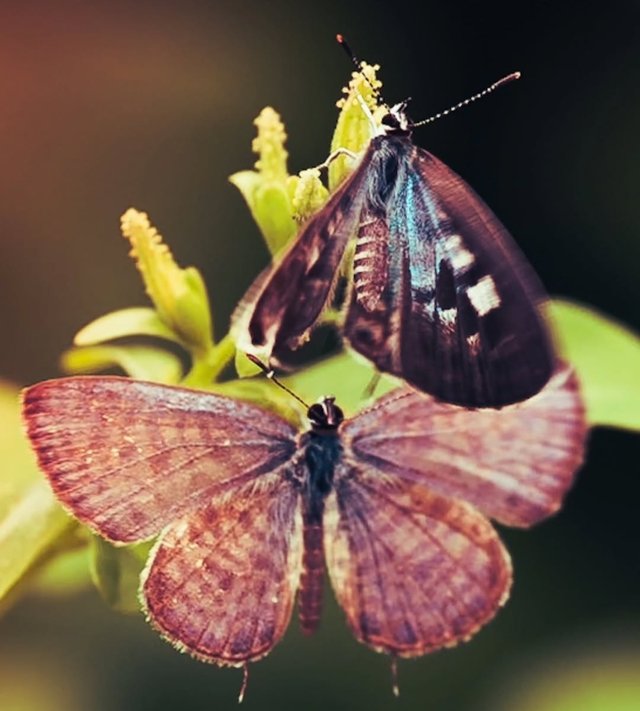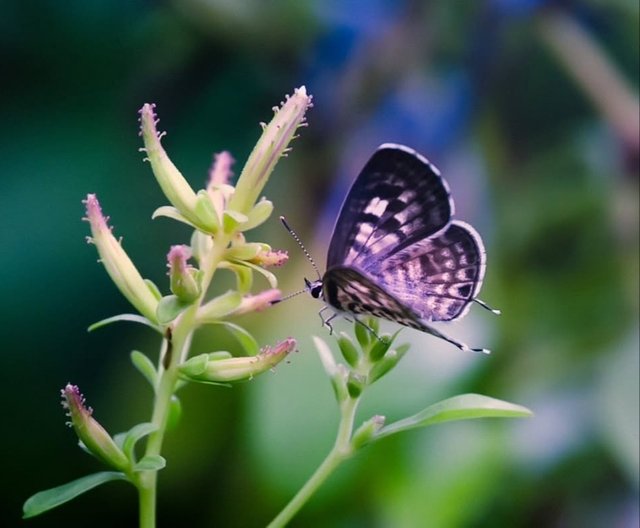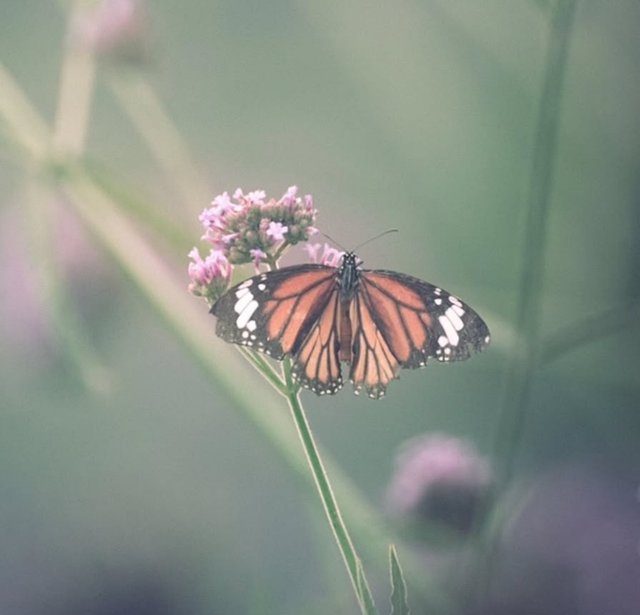So Cute Leptotes Pirithous Insect
Leptotes pirithous: The Lang's Short-tailed Blue Butterfly
Among the captivating world of butterflies, Leptotes pirithous, commonly known as the Lang’s Short-tailed Blue or simply the Pea Blue, is a small but striking species belonging to the family Lycaenidae, often celebrated for its delicate form and wide distribution. Despite its unassuming size, Leptotes pirithous plays a fascinating role in ecosystems and butterfly-watching communities alike. Let's dive into the life, habitat, and significance of this beautiful insect.
Taxonomy and Classification
Scientific Name: Leptotes pirithous
Common Names: Lang’s Short-tailed Blue, Pea Blue
Family: Lycaenidae
Subfamily: Polyommatinae
First described by Carl Linnaeus in 1767, Leptotes pirithous has undergone various taxonomic revisions over time. Its genus, Leptotes, includes several species of small blues with distinctive tail-like extensions on the hindwings.
Distribution and Habitat
Leptotes pirithous enjoys a wide distribution, stretching across:Southern Europe
Most of Africa
Middle East
Central and South Asia
Occasionally spotted in parts of southern England and other temperate regions during warm seasons or migration
Its adaptability allows it to thrive in various habitats such as:Open woodlands
Coastal areas
Meadows
Cultivated lands and gardens
Roadsides and wastelands
What makes this butterfly especially interesting is its migratory tendency—populations often shift seasonally, expanding into new regions during warmer months.
Appearance and Identification
The Lang’s Short-tailed Blue is a small butterfly, typically with a wingspan of 20–30 mm. It exhibits sexual dimorphism, with males and females differing in appearance.
Males: Bright bluish-violet upperwings with narrow dark borders
Females: More brownish or grayish with hints of blue, often with white markings.
Thanks For Reading
Device Information
| Device | cannon eos 700D |
|---|---|
| Lens | 55-250 zoom leans |
| Location | Bangladesh |




